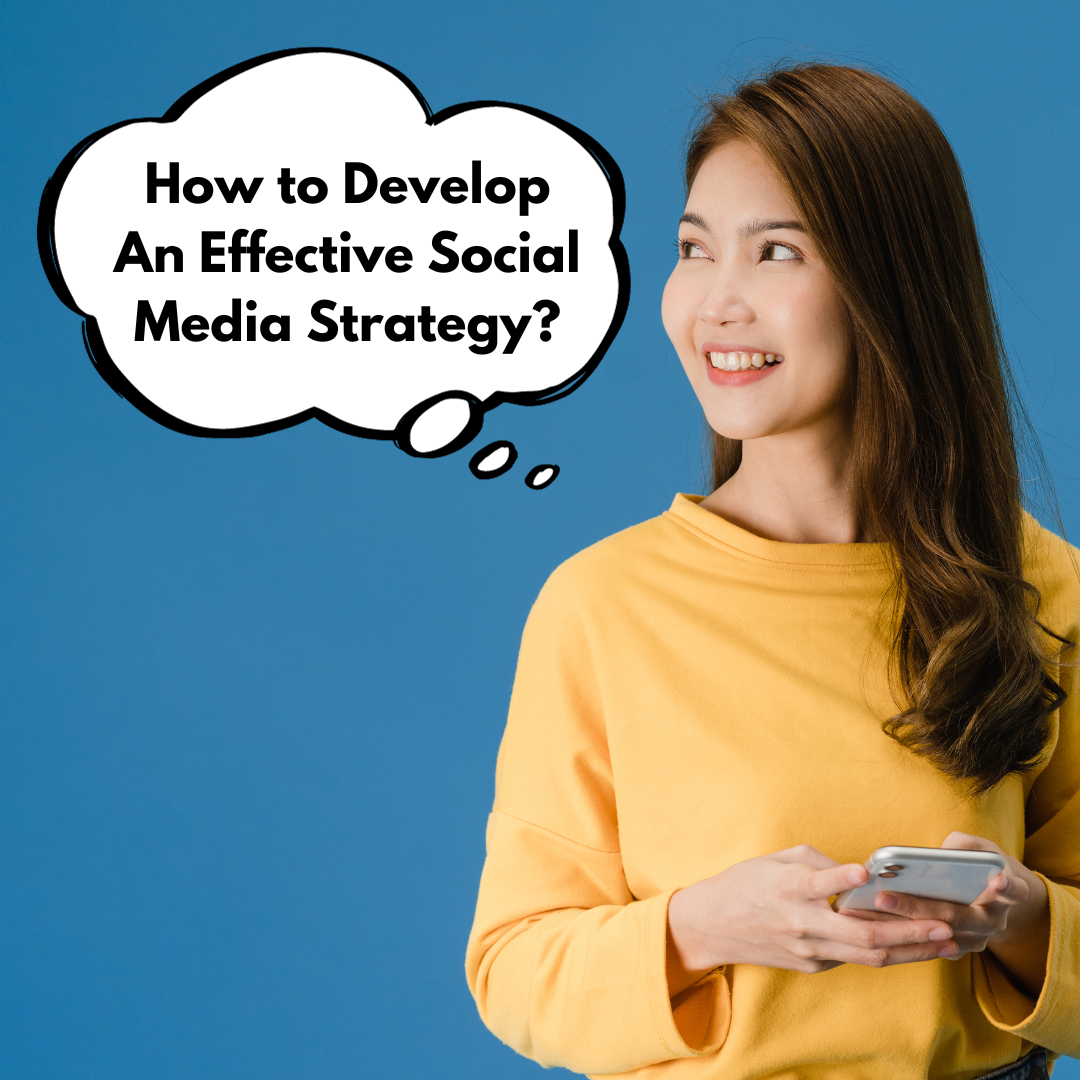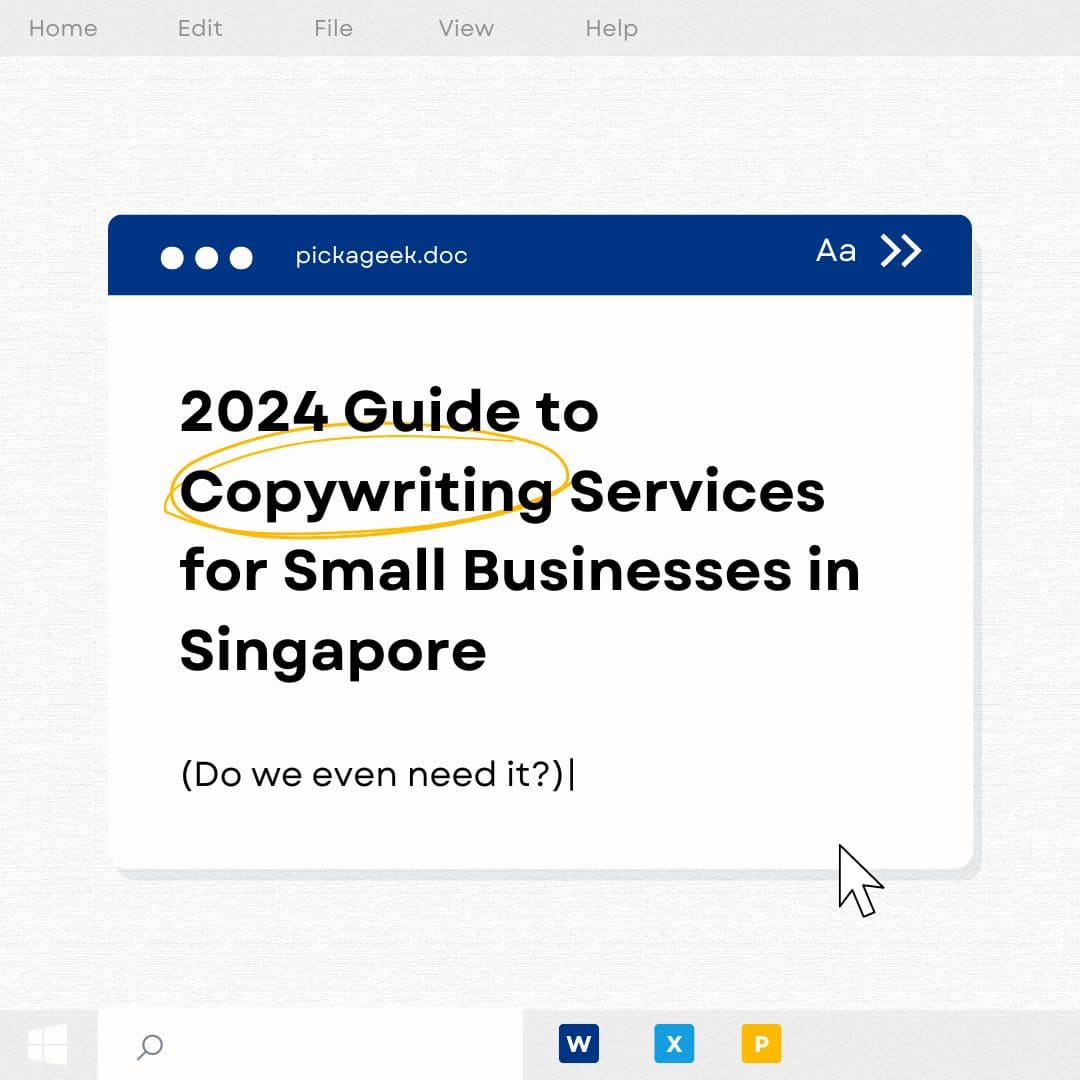What is the Google Sandbox? The term "Google Sandbox" refers to a speculated phase where…

How to Develop An Effective Social Media Strategy?
Ever wondered how some businesses in Singapore seem to have their social media game on point? Well, there’s a method to their digital success, and it’s called a social media strategy. In this blog, we’ll break down the steps so let’s dive into the world of social media marketing!
Step 1: Set Goals in Line with Business Objectives
Before you start posting away, it’s crucial to set Specific, Measurable, Achievable, Relevant, and Time-bound (SMART) goals. These goals should tie directly to what you want to achieve as a business. For example, if you’re a local boutique, your goal could be to increase online sales by 20% in the next three months. If you’re a cafe owner in the heart of Singapore, your SMART goal could be to boost foot traffic to your cafe by 15% within the next six months. This goal not only provides a clear target but also aligns with the core objective of increasing revenue.
Step 2: Learn Everything About Your Audience
Knowing your audience inside out is like having a secret key to their mind, heart and soul. Understand their age, location, interests, and even average income. This info helps you tailor your content to their tastes. For instance, if you’re a tech gadget shop, knowing your audience might reveal they’re tech-savvy young adults in their twenties. Imagine you’re running an online bookstore in Singapore. By delving into your audience’s preferences, you might discover that they’re avid readers of science fiction and fantasy novels. Armed with this knowledge, you can curate content and promotions that cater specifically to their interests.
Step 3: Get to Know Your Competition
It’s not about copying, but learning from the best. Analyse what your competitors are doing well on social media. See what clicks with their audience and learn from their successes. If you notice a competitor excelling on Facebook but not on Instagram, consider why and adjust your strategy accordingly. Let’s say you’re in the business of handmade jewellery. A competitor analysis might reveal that one of your rivals has garnered a strong following on Instagram by leveraging visually appealing product showcases and user-generated content. This insight could prompt you to focus more on Instagram, replicating their success while putting your unique spin on it.
Step 4: Do a Social Media Audit
Take a moment to assess your current social media presence. What’s working? Who’s engaging with you? It’s like cleaning out your closet but for your digital presence. This audit will help you identify strengths, weaknesses, and areas for improvement. As an example, let’s consider a fitness studio based in Singapore. Through a social media audit, they might discover that their Instagram posts featuring client testimonials receive significantly more engagement compared to their workout tip videos. This revelation would encourage them to amplify client success stories in their content strategy.
Step 5: Set Up Accounts and Improve Profiles
Choose the social media platforms that align with your business objectives. If you’re a design studio, platforms like Instagram and Pinterest might be your go-to. Ensure your profiles are complete, and use consistent branding across all networks. This way, customers can recognise you at a glance. Imagine you’re the owner of a boutique fashion label in Singapore. Your social media content calendar might include a mix of posts showcasing new arrivals, behind-the-scenes glimpses of your design process, customer testimonials, and occasional flash sales. This balanced approach ensures your audience receives a diverse yet cohesive experience.
Step 6: Find Inspiration
Feeling stuck? Take a cue from other successful businesses. Look at award-winning campaigns or social media success stories. Even your favourite brands can offer valuable lessons. National Geographic’s stunning visuals combined with captivating captions on Instagram are a prime example. Let’s say you’re managing a travel agency in Singapore. Taking inspiration from National Geographic, you might focus on sharing breathtaking photos of exotic destinations, coupled with intriguing anecdotes and travel tips. This approach not only captivates your audience but also positions your agency as a go-to source for wanderlust-inducing content.
Step 7: Create a Social Media Content Calendar
Consistency is key! Plan when and what you’ll post to get maximum impact. Remember, it’s quality over quantity, so don’t feel pressured to post constantly. Let’s say you’re the founder of an eco-conscious skincare line in Singapore. Your content pillars could revolve around educating your audience on sustainable skincare practices, sharing the journey of sourcing natural ingredients, and spotlighting the stories of satisfied customers who’ve experienced the benefits of your products.
Step 8: Create Compelling Content
Now comes the fun part—creating content that resonates with your audience. Stick to content pillars that align with your brand’s story. For example, if you’re an eco-friendly brand, your pillars might include sustainability tips, behind-the-scenes looks, and customer spotlights. Imagine you’re the owner of a local fitness studio in Singapore. Your content pillars could focus on providing workout tips for different fitness levels, showcasing success stories of clients who have achieved their fitness goals, and offering glimpses into the vibrant community and positive atmosphere at your studio. This approach not only empowers your audience with valuable fitness insights but also builds a sense of belonging and motivation among your potential and existing clients.
Step 9: Track Performance and Make Adjustments
Keep a close eye on how your strategy is performing. Metrics like engagement, click-through rates, and conversion rates are your best friends. Use tools like Hootsuite to track your progress and adjust your strategy accordingly. Remember, it’s a journey of continuous improvement! Let’s say you’re the marketing manager of a tech startup in Singapore. You’ve launched a campaign to promote your latest app feature. Through detailed tracking, you discover that your LinkedIn posts generate higher conversion rates compared to Twitter. Armed with this insight, you may choose to allocate more resources towards LinkedIn promotions for future campaigns.
Remember, your social media strategy is a living document. As your business evolves, so should your strategy. Keep learning, experimenting, and adjusting. With time and effort, you’ll build a social media presence that not only engages your audience but also drives real business results. Good luck! 🚀



